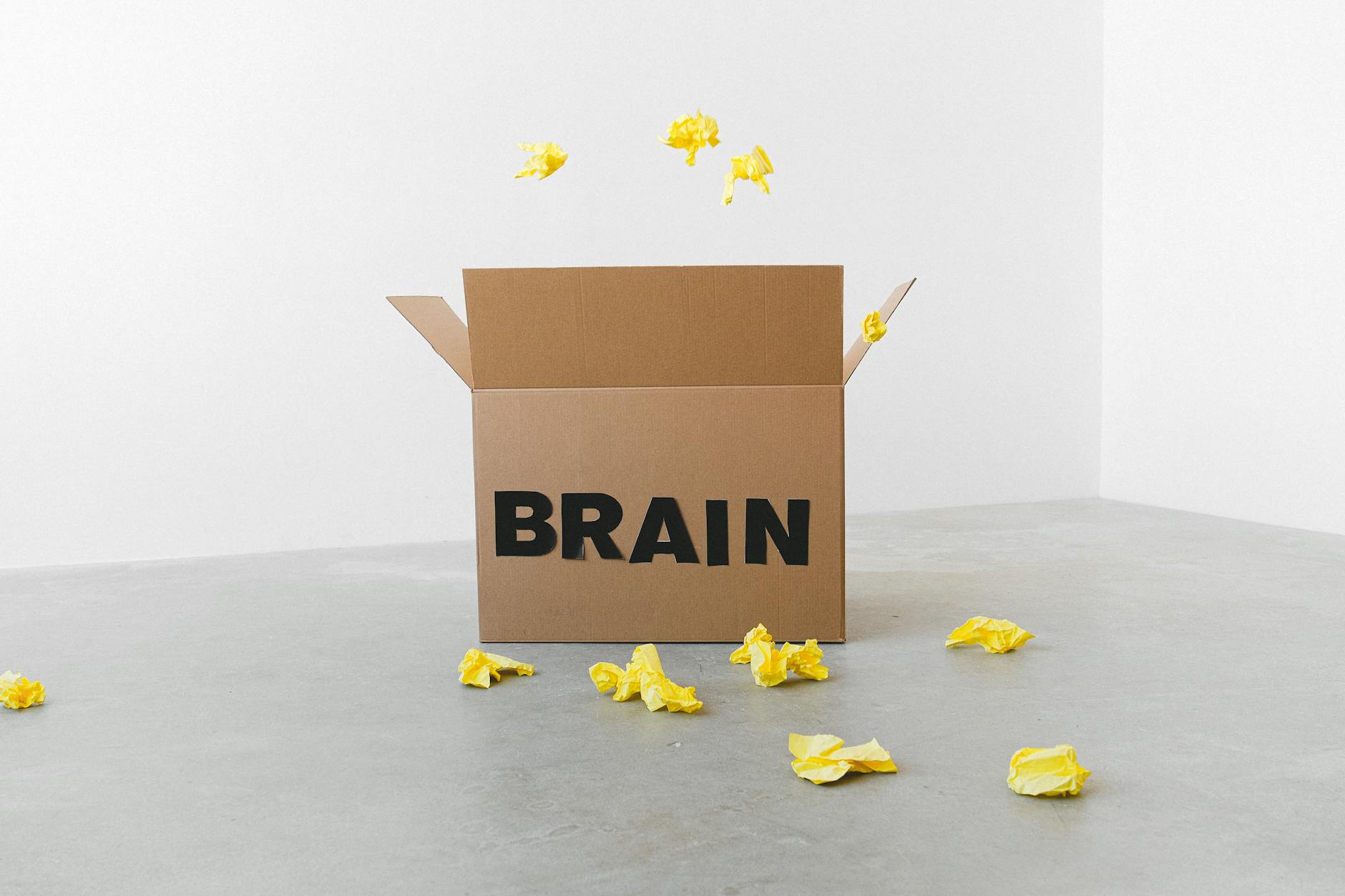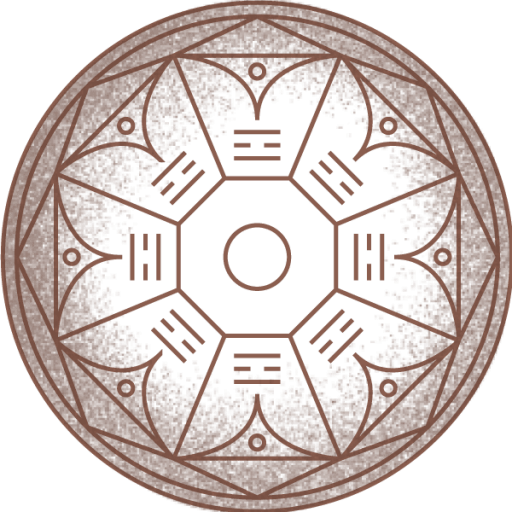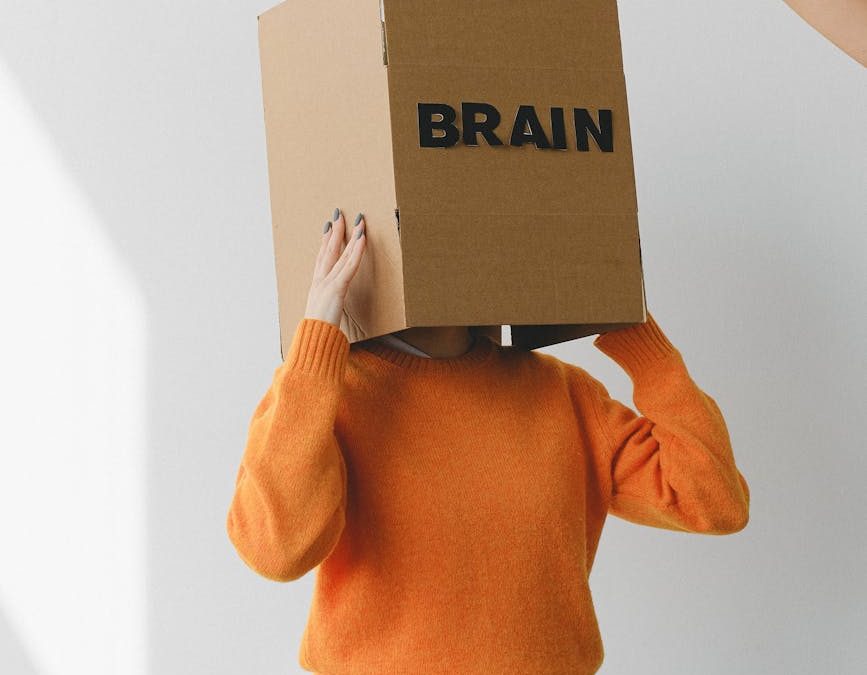Why do we even have beliefs – because our brains are hard-wired to believe. Without beliefs we couldn’t function or have a frame of reference for actions, thoughts and behaviors. The trouble really begins when we hold onto beliefs that no longer serve us.
Do the beliefs we hold in our brains prevent growth?
Our brains are hard-wired to believe. What I mean by that is that we have to believe certain things just in order to function!
Often clients come to me because they are experiencing forces and walls of energy that seem to prevent growth.
These subconscious forces, or thoughtforms, can block a client from experiencing wellness or a positive self-image. Perhaps they even prevent someone or from moving forward on their personal development journey.
This can happen even if the reasons cannot always be explained or identified by the client.
Beliefs and thoughts can be a powerful invisible force. They may either help or hinder the holder and can quite often be outside of our conscious awareness.
So how do beliefs get created in the first place?
Dr. Michael Shermer, founding publisher at Skeptic Magazine, spent 30 years compiling information about the nature of belief.
He wrote an in-depth book about it expounding his theories, called The Believing Brain: From Ghosts and Gods to Politics and Conspiracies—How We Construct Beliefs and Reinforce Them as Truths.
We form our beliefs for a variety of subjective, personal, emotional, and psychological reasons in the context of environments. These environments are created by family, friends, colleagues, culture, and society at large.
After forming our beliefs, we then defend, justify, and rationalize them with a host of intellectual reasons, cogent arguments, and rational explanations. Beliefs come first, explanations for beliefs follow.
Dr Michael Shermer
Dr. Shermer goes so far as to say from his research, that he sees the brain as a ‘belief engine’.
It processes data into patterns to make sense of them and then adds emotionality through meaning and intention.
After that, Dr. Shermer says that our brains reinforce our beliefs with looped processes.
This is a kind of belief confirmation, which helps us to embed the belief data more deeply into our systems.
From his theory, we are essentially a bystander in this process of belief generation.
We will simply believe certain things which are presented to us – if we have a functioning brain.
If we are truly hard-wired to believe, what can we do?
When cognitive dissonance occurs

At some point on our journey, our belief-making brains bump up against something on the outside that just doesn’t match.
When this occurs, something called cognitive dissonance may happen in our minds.
Perhaps the non-matching data feels too threatening and scary for our wellbeing. The brain may choose to stick happily or stubbornly with our programmed beliefs – even if they no longer serve us.
Perhaps we may have way too much of our lives invested in the belief in question. Our body-minds are just too overwhelmed with the thought of change to adopt anything new.
If we can become aware of cognitive dissonance, we might then choose to study the new data. This could result in a shift of our belief systems into a new belief.
Perhaps we’ll reform and change the old belief immediately (an epiphany!). Maybe the process will take longer, where we change associated actions and connections related to the belief over time.
We may even ultimately shift to a more expanded level of awareness as a result of this happening. Then we begin to understand that we have belief ‘systems’ that may change and grow over time as we evolve.
Richard Bandler, one of the founders of NLP™ (Neuro-linguistic programming) sums up cognitive dissonance this way
The map is not the territory.
Richard Bandler
Essentially, the inside of our minds (the map) can never be the same as the outside world (the territory). This is because our brains are simply constructs, or mirrors, of reality.
When we let go of, or drop a belief, it clears our mind. The mind drops the map in order to see more of the outside (the territory). Our cognitive dissonance lessons.
If beliefs are so hard-wired, how can we check them?
Studying EP (Energy Psychology) I have worked with systems that help to clear unhelpful beliefs.
As it is for all of us, clearing non-serving beliefs is a work in progress. Belief-checking requires a lot of inner work and stalking of boundaries.
As human consciousness evolves, we are beginning to realize that we are not just mechanistic bodies. There is more to us than merely the sum of our brains, nervous systems, and organs.
We are beginning to understand that consciousness itself can be used as a force for good. We can learn to help ourselves heal and improve our lot on this Blue Planet.
Or – you can choose not to believe that!
Energy Psychology (EP) and our beliefs
Within the field of Energy Psychology and alternative health and wellness, belief-busting new tools are now growing in popularity.
Here’s one example: –
EFT – The Emotional Freedom Technique™, also known as ‘tapping’. This belief-busting tool is gaining ground for assistance with trauma release based on clearing unconscious reactions and memories.
Research…demonstrates that EFT is effective for many physical symptoms.
In an RCT of veterans with PTSD, their levels of physical pain dropped by 41% in six sessions.
A researcher at Sweden’s Lund University developed an eight-week online course applying EFT in fibromyalgia.
She found significant improvement in pain, anxiety and depression among fibromyalgia patients. A third of the participants recovered completely.
Note that the Mayo Clinic website states “there is no cure” for this disease.
Dawson Church, PhD.
Quote from: – The Genie in Your Genes: Epigenetic Medicine and the New Biology of Intention
My point here is this — people are using a new system now that gets results. EFT works for some people with PTSD or chronic illness as shown above. With evidence like this, we cannot afford to shift our hard-wired brains and begin to believe something new?
Going meta with our ideas helps us to shift old beliefs

Going meta, (original Greek meaning – beyond, after, or behind) is a term applied to a way of thinking. Meta thinking detaches us from our existing train of thought – to see if there is a better one.
In my experience, a shift in our state of mind is sometimes the easiest way to look at old beliefs. Seeing an old viewpoint from a new and different angle enables us to question what we thought before.
In the last 100 years, we have shifted from a number of firmly held medical beliefs. For example, we used to believe that bumps on our skull were related to different personality types.
Then we moved to a belief that the brain rules every function in the body.
As we understand more about consciousness, biology and non-locality, our beliefs are changing about the brain, too.
Holding onto what we know can make us feel more comfortable, of course. But sometimes, old ideas just need to age out of our mindset.
As Edgar Cayce, the Sleeping Prophet and Akashic Records Reader once said
“Mind is indeed the Builder . . . what is held in the act of mental vision becomes a reality in the material experience. We are gradually builded to that image created within our own mental being.”
―
I like to believe that with Energy psychology, we will create new and amazing beliefs. Changing some of our old and outdated beliefs will take humanity onward into the future!
I hope that the human consciousness movement continues to grow.
Perhaps being hard-wired to believe through our brains can then become a tool for personal growth. This will change the way we structure our reality, and who we believe we are.


